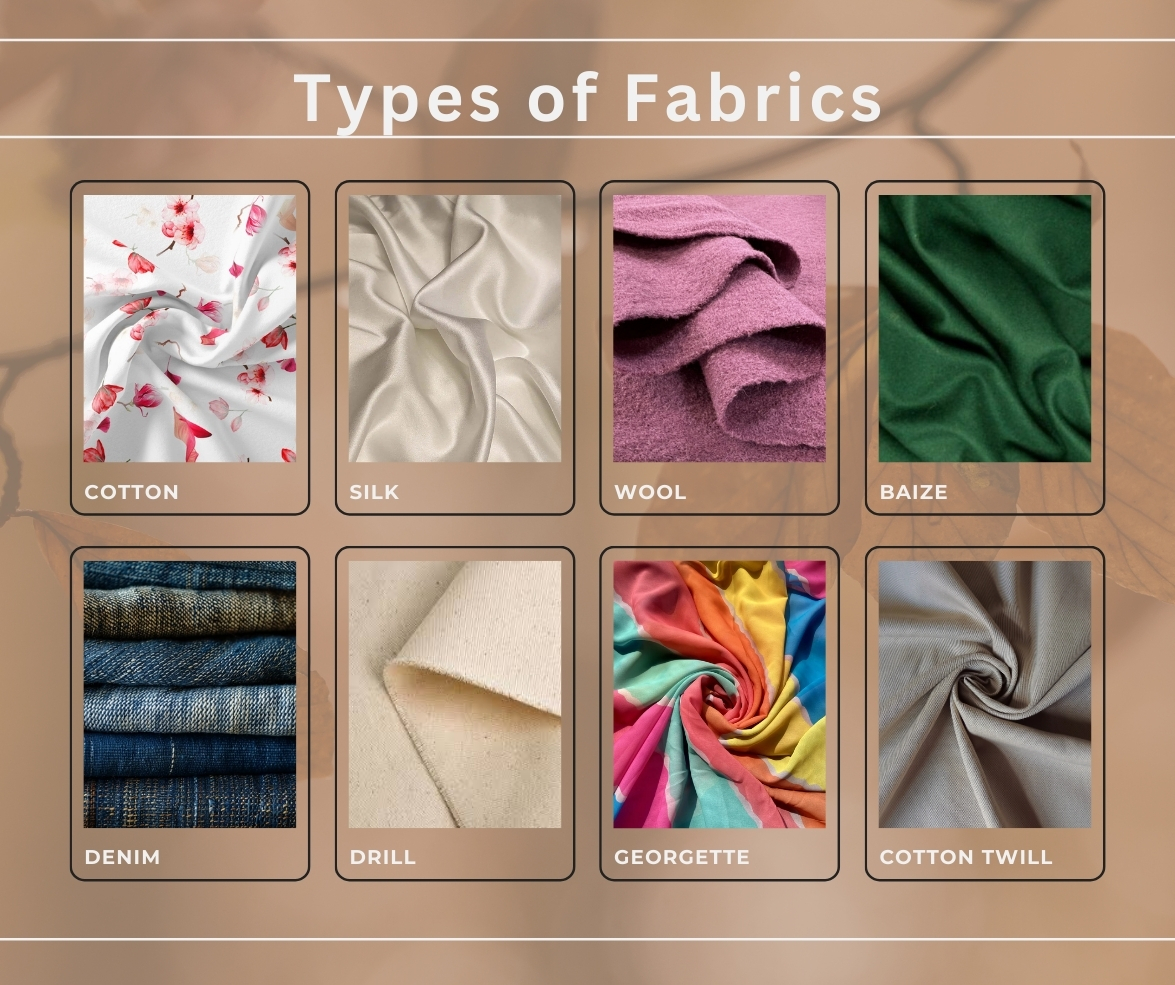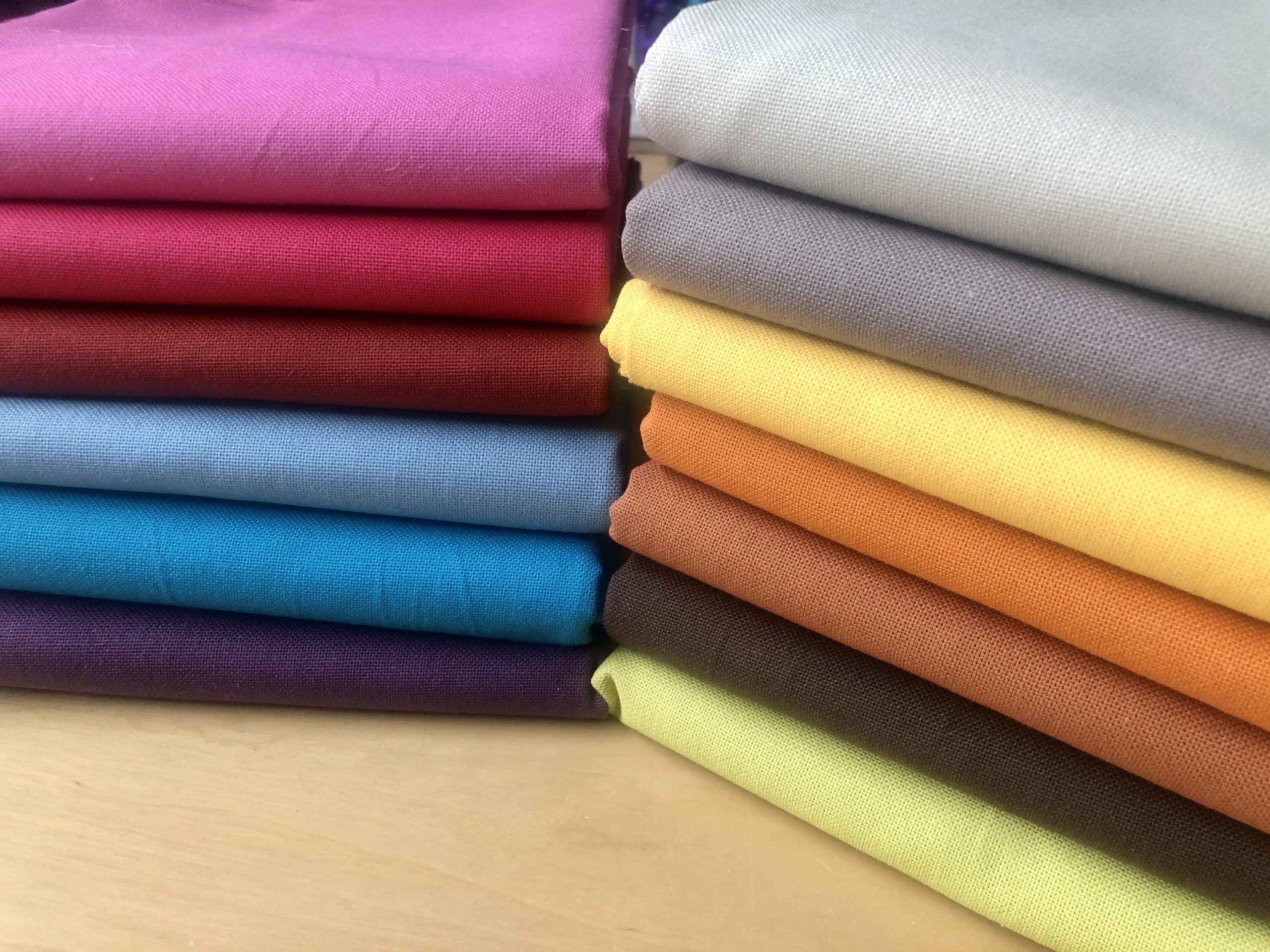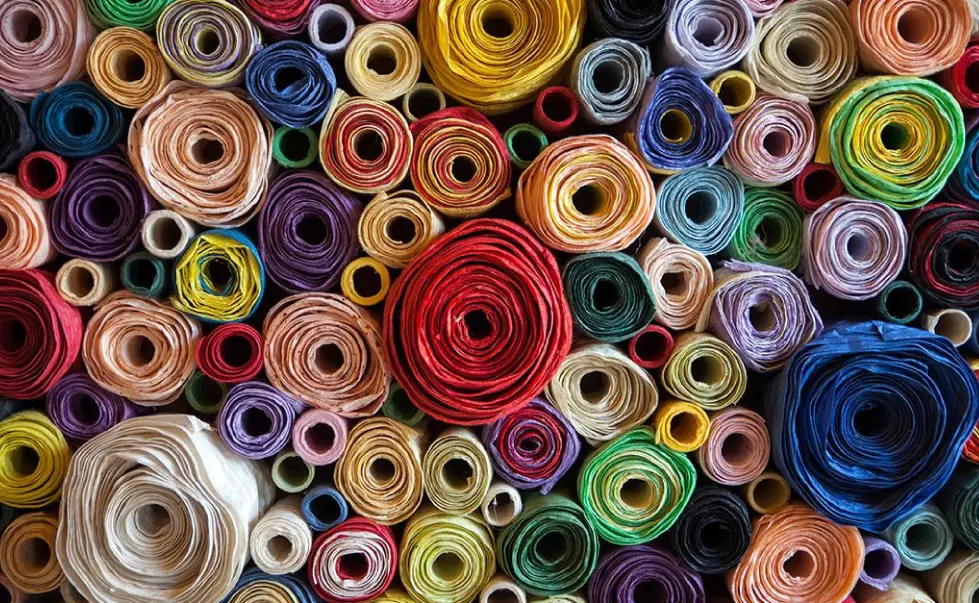
You want to pick the best fabric for your project. What you care about is important. If you want comfort or stretch, knitted fabric is good. If you need strong or stiff fabric, woven fabric is better. Many people use woven fabric for suits and furniture. Some people like knitted fabric for everyday clothes and sportswear. You should choose based on how you want your item to look and feel.
Pick knitted fabric if you want comfort and stretch. It is great for casual clothes and sports outfits.
Pick woven fabric if you need strong and sturdy material. It is good for formal clothes and things for your home.
Always look at care labels before washing. Knitted fabrics can shrink, but woven fabrics keep their shape better.
Think about how the fabric looks. Knitted fabrics feel soft and loose, but woven fabrics look neat and firm.
Use the guide to help you choose the right fabric. Think about comfort, how long it lasts, and how to take care of it.

Knitted fabric is made by looping yarns together. You can find this fabric in T-shirts and sweatshirts. It is also used for sportswear. The loops make knitted fabric soft. They help the fabric stretch and move with you. This makes it comfortable to wear every day. Knitted fabric can be made from cotton, viscose, or polyester. Each fiber changes how the fabric feels and works. Polyester makes the fabric strong and helps it last longer. Cotton and viscose make the fabric soft and let air pass through. Knitted fabrics might shrink after washing. You should always check care labels before cleaning.
Tip: Knitted fabrics are good if you want clothes that stretch and feel soft.
Knitted fabrics are made by looping yarns. This gives them:
Lots of stretch
Good airflow
Less wrinkling than other fabrics
Woven fabric is made by crossing yarns at right angles. You see woven fabric in jeans and dress shirts. It is also used for upholstery. The tight weave makes woven fabric strong and steady. Woven fabrics do not stretch much. They only stretch if special fibers like elastane are added. Woven fabrics keep their shape well. They do not wear out easily. The way they are woven helps them keep water out and stay warm. Woven fabric comes in many types, like denim, canvas, satin, and flannel. Each type uses different fibers, such as cotton, wool, polyester, or silk. This changes how the fabric looks and feels.
Feature | Knit Fabric | Woven Fabric |
|---|---|---|
Construction | Interlooping yarns | Interlacing yarns at right angles |
Stretch | Low (unless elastane is added) |
Woven fabrics last a long time and keep their shape after washing. The tight weave makes them strong. This is good for things that need to last.
Note: Woven fabrics are best for projects that need structure and strength, like pants, jackets, or home décor.
When you choose a fabric for clothing, comfort and stretch matter a lot. Here are some key differences:
Knitted fabrics feel soft and flexible. You can move easily in them because they stretch in many directions. This makes them perfect for T-shirts, leggings, and sportswear.
Woven fabrics do not stretch much unless they have special fibers like elastane. They hold their shape well and feel more structured.
If you want clothes for activities that need a lot of movement, knitted fabrics work best. For less active situations, woven fabrics can still feel comfortable.
A survey showed that most people found knitted fabrics comfortable for daily wear. When people could pick their favorite style, even more chose knitted fabrics.
You want your clothes and home items to last. Durability and strength are important key differences between these two types of fabrics.
Woven fabrics are strong because of their tight weave. They resist tearing and keep their shape after many washes. You often see them in jeans, jackets, and upholstery.
Knitted fabrics can also be durable, especially when made from polyester. Some tests showed that polyester knitted fabrics lost very little mass after many abrasion cycles. Cotton knitted fabrics with less elastane kept their look better but wore out faster.
Environmental factors like sunlight and heat can make all fabrics wear out faster. Cotton yarns in knitted fabrics may release more fibers during washing.
Use for Knitted Fabrics | Use for Woven Fabrics | |
|---|---|---|
ASTM D5034 | No | Yes |
ASTM D5035 | No | Yes |
ASTM D6797 | Yes | Yes |
Tip: Woven fabrics usually last longer and handle rough use better. Knitted fabrics can be strong, but they may thin out faster, especially if made from cotton.
The look and feel of a fabric can change how you enjoy wearing or using it.
Knitted fabric feels soft and smooth. It drapes well and hugs the body. You often see it in casual clothes and sportswear.
Woven fabric feels crisp and firm. It holds its shape and looks neat. You find it in dress shirts, pants, and home décor.
Knitted fabrics wrinkle less than woven fabrics. Woven fabrics keep a sharp look but may need ironing.
Personal style plays a big role. In one survey, people were more likely to wear knitted fabrics when they could choose the style they liked.
How you care for your fabrics affects how long they last and how good they look. Here are the key differences:
Fabric Type | Durability | |
|---|---|---|
Knitted | Shrinks 5-10% after washing | May sag or lose shape over time |
Woven | Keeps its size after washing | Withstands wear and tear better |
Knitted fabrics may shrink after washing. They can also lose their shape if you stretch them too much.
Woven fabrics keep their size and shape better. They handle washing and drying cycles well.
Always check the care label before washing any fabric.
Note: If you want easy care and long-lasting items, woven fabrics are a good choice. For soft, stretchy clothes, knitted fabrics work well, but you need to wash them with care.

People wear everyday clothes to feel good and look nice. Cotton, linen, silk, and satin are common choices. Each fabric has something special. Cotton is soft and lets air in. Linen feels light and cool. Silk keeps you warm or cool and looks fancy. Satin is smooth and feels gentle on your skin.
Fabric Type | Characteristics | Benefits |
|---|---|---|
Cotton | Soft, breathable, hypoallergenic | Comfortable, eco-friendly, durable |
Linen | Light, airy, moisture-absorbing | Ideal for hot weather, durable |
Silk | Temperature-regulating, luxurious | Comfortable in any climate, elegant |
Satin | Smooth, glossy | Gentle on skin, stylish for various occasions |
Knitted fabric is great for T-shirts and comfy clothes. It stretches and feels soft. Woven fabrics are good for dress shirts, pants, and jackets. They keep their shape and look neat.
Sportswear needs to move with your body. Knitted fabrics stretch and bend easily. You stay comfy while you play or exercise. These fabrics let air in and pull sweat away. You do not need to iron them much because they do not wrinkle.
Stretch lets you move without trouble.
Airflow keeps you cool.
Sweat-wicking helps you stay dry.
Easy care is good for travel.
Athletes and brands pick fabrics for how they work. Knitted fabrics are best for hard sports and hot days. Woven fabrics are strong for rough sports and keep you warm in winter.
Feature | Knitted Fabrics | Woven Fabrics |
|---|---|---|
Moisture Management | Excellent moisture-wicking properties | Moderate moisture control |
Durability | Good stretch and recovery | High durability and abrasion resistance |
Comfort | Soft and flexible | Structured and supportive |
Climate Adaptability | Lightweight for summer | Heavier options for winter |
Home textiles should fit your life and style. Cotton is a favorite for sheets and covers. It is soft and lets air pass through. Linen is good for curtains and soft chairs. It is light and good for the planet. Velvet makes sofas and curtains look fancy. Silk gives a shiny, formal look to furniture. Leather is tough and easy to clean for busy rooms.
Cotton: Soft, lets air in, used many ways
Linen: Light, cool, eco-friendly
Velvet: Fancy, soft texture
Silk: Shiny, smooth, drapes well
Leather: Strong, simple to clean
Pick fabrics that match your home and needs. Use fade-proof fabrics for sunny spots. Choose strong fabrics if you have kids or pets.
Both knitted and woven fabrics have special jobs. Knitted fabrics stretch and feel good for tight clothes and sports gear. Woven fabrics are strong for car seats and safety clothes.
Fabric Type | Key Properties | Specialized Applications |
|---|---|---|
Knitted | Flexibility, stretch, comfort | Compression garments, performance athletic wear |
Woven | Robustness, durability | Automotive seating, protective clothing |
New fabrics like graphene-coated knits help control heat and fight germs. Spacer fabrics make car seats softer. Woven fabrics are used in factories where strength is needed.
You want to choose the right fabric for your project. Start by asking yourself a few questions. This checklist helps you think about what matters most.
What type of project are you making? Decide if you need comfort, structure, or both.
What fiber content do you prefer? Natural fibers feel soft and breathe well. Synthetic fibers last longer and resist wrinkles.
How heavy should the fabric be? Lighter fabrics drape softly. Heavier fabrics hold their shape and last longer.
What color, pattern, or texture do you want? These features change how your item looks and feels.
Can you care for the fabric easily? Check if the care instructions fit your lifestyle.
Tip: You should match the fabric to your needs. If you want a stretchy, soft shirt, knitted fabric works well. If you need a strong, neat jacket, woven fabrics are a better choice.
You can also think about how the fabric will be used. Woven fabrics give structure to tailored clothes. Knitted fabrics offer comfort and flexibility for active wear. The construction and fiber content affect how the fabric feels and performs.
Use this table to compare the main features of knitted and woven fabrics. It helps you see which fabric fits your needs.
Factor | Knitted Fabric | Woven Fabrics |
|---|---|---|
Structure | Flexible and comfortable | Less flexible, structured |
Stretch | Stretchable in many directions | Less stretchable |
Aesthetics | More relaxed and textured | Smooth and structured |
Comfort | More breathable and pleasant | Less breathable |
Durability | More prone to snagging or pilling | More durable and resistant to tearing |
Common Applications | Activewear, casual clothing | Formal clothes, home furnishings |
You should look at each factor before you decide. If you want comfort and stretch, knitted fabrics are best. If you need strength and structure, woven fabrics work better. Think about how the fabric will look, feel, and last.
You have learned the big differences between knitted and woven fabrics. Look at the table below for a fast review:
Property | Knitted Fabrics | Woven Fabrics |
|---|---|---|
Elasticity | High | Low |
Durability | Less durable | More durable |
Wrinkle Resistance | Wrinkle-free | Creases easily |
Think about how you want your project to look and feel. Do not pick the wrong fabric for your pattern or use. Use the decision guide to help you choose what you need. If you want to know more, check out other resources about fabric choices.
Knitted fabrics use loops to create stretch and softness. Woven fabrics use crisscrossed yarns for strength and structure. You can feel the difference when you touch each type.
You can use knitted fabric for some formal clothes, like dresses or blouses. Woven fabrics work better for suits and dress shirts because they hold their shape and look crisp.
Wash knitted fabric in cold water. Dry it flat instead of using a dryer. Always check the care label before cleaning. You can keep your clothes looking new with these steps.
Cotton knitted fabric feels cool and lets air pass through. Linen woven fabric also works well in summer. You stay comfortable when you pick breathable fabrics.
Woven fabrics wrinkle more easily. You may need to iron them often. Knitted fabrics resist wrinkles, so you spend less time on care.